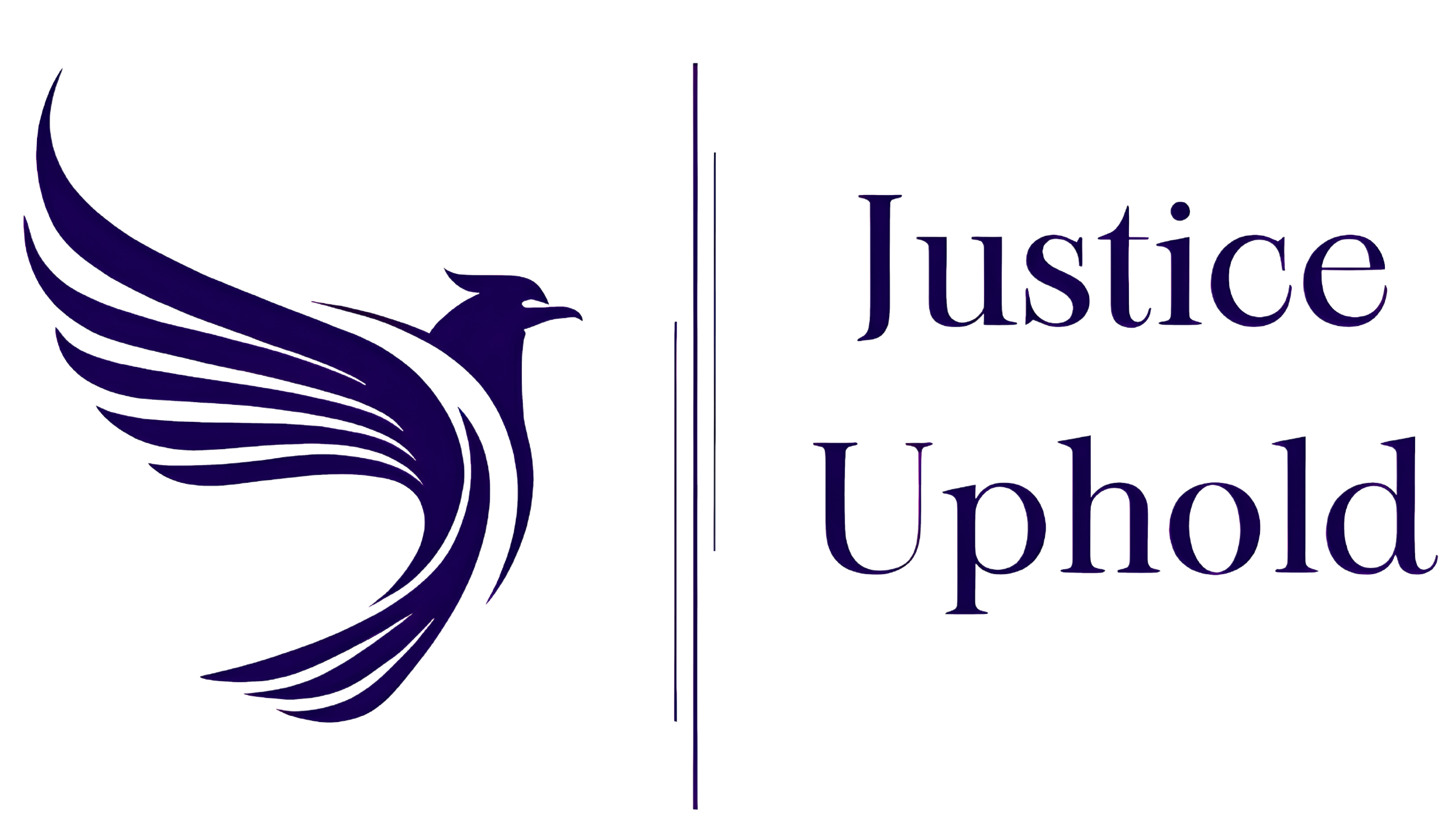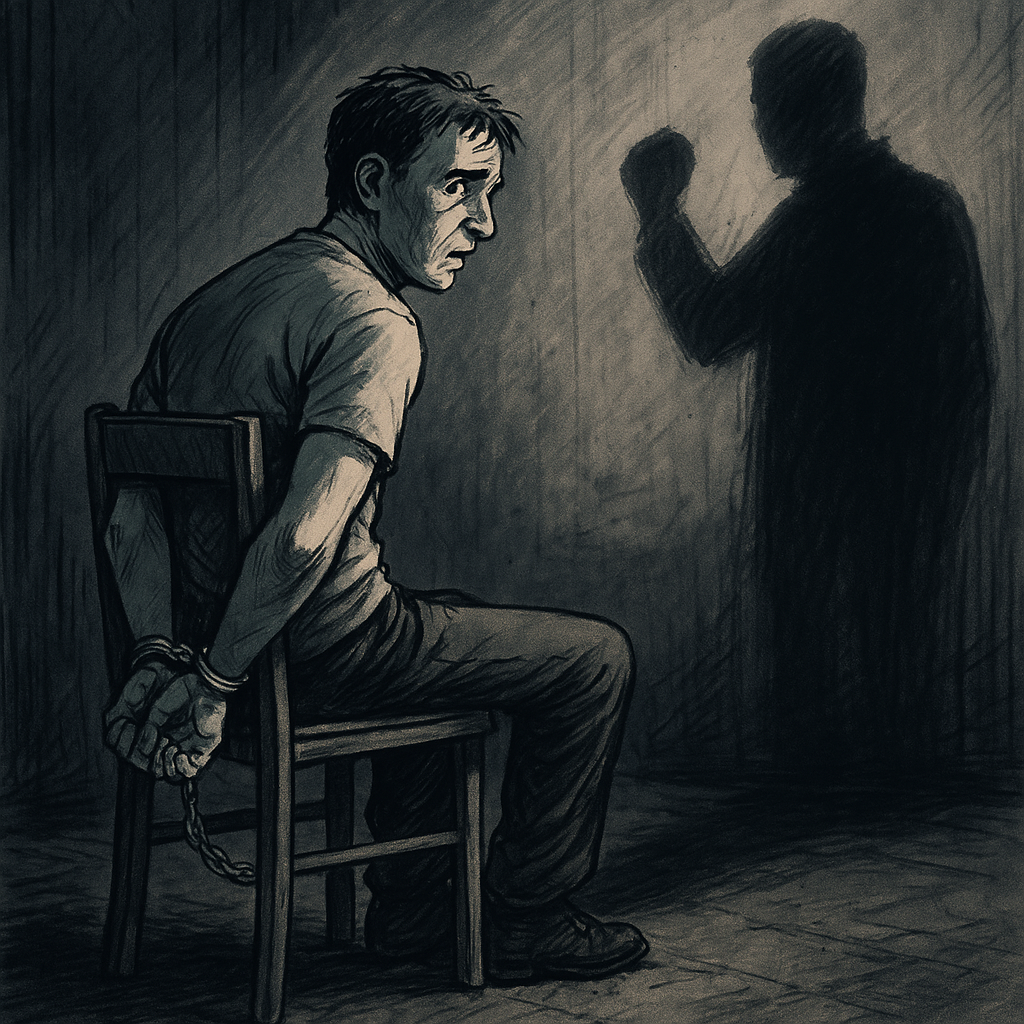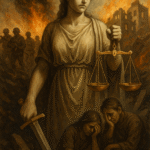When he received the first blow, he felt more shock than pain.[1] Until that moment, there was still hope within him; he believed in human dignity, that life would stop somewhere, that there was a limit to what could be done. But the handcuffs grew heavier, and the blow to his back crushed not his body but his spirit.
In an instant, the whole world changed. Human faces no longer inspired trust. The opening of a door, the sound of footsteps approaching, no longer signified life but threat. The world would never again be a friendly place.
With a single blow, not only the flesh but also the faith in humanity had been shattered. That day, Jean Améry understood that torture was not the permanent mutilation of the body, but of the human spirit.
Today, even in the advanced age of the 21st century, torture is still a painful reality in many parts of the world. Human rights are systematically violated in cells hidden from view, on battlefields, and in interrogation rooms.
Torture deeply wounds not only individuals but also societies, sowing seeds of fear, silence and injustice.
Torture victims carry not only the wounds inflicted on their bodies but also the deep injustice they experience before the law. Because, more often than not, the power that inflicts torture and the justice system that should hold it accountable are part of the same structure.
Once exposed to physical pain, they then collide with the wall of lawlessness. They are forced to prove their own wounds; to prove their own pain, they turn to a system that denies it. Torture should not be sought only in cells; sometimes it echoes in the silent halls of justice.
That is why the United Nations declared 26 June as the “Day in Support of Victims of Torture.” This special day is a global call to stand against all forms of torture and to amplify the voices of victims. The eradication of torture is a vital step toward ensuring that victims have access to restorative justice and rehabilitation.
Today, we have the opportunity to shine the light of human rights even brighter against the dark legacy of torture. And this responsibility rests not only on the shoulders of the victims but on all of humanity.
Today, each of us has a responsibility to recognise that torture is not merely a shameful relic of the past but a reality that persists to this day. Not remaining silent, not turning a blind eye, not allowing it to be forgotten…
Every voice, every step, every small act of support is a major challenge to torture.
References:
[1] Jean Améry, Torture: An Anatomy of a Crime (Jenseits von Schuld und Sühne).



